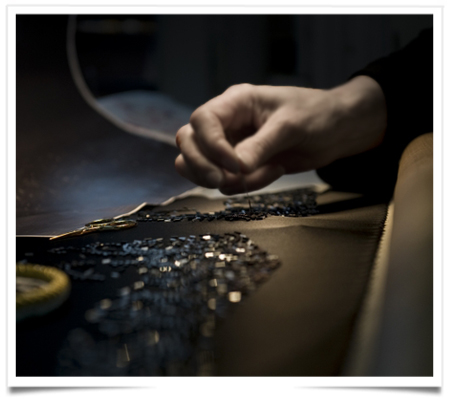 As consumer demand for artisan craftsmanship continues to flourish, brands and retailers are integrating one-of-a-kind, hand-made objects and accessories into their product offerings.
As consumer demand for artisan craftsmanship continues to flourish, brands and retailers are integrating one-of-a-kind, hand-made objects and accessories into their product offerings.
To work in the fashion industry, one must understand the processes behind it. There are two levels of perception. The first level is tangible it implies the aspects of the product that you can consciously touch, smell and perceive, such as quality, comfort and elegance that are the very lifeblood of artisanship.
People started buying Louboutin shoes because, unlike others, they were extremely comfortable, original in design and crafted by hand. This level is based on logic but when it comes to customer choice, fashion has almost nothing to do with rationality. This brings us to the second level that is intangible and rooted in our subconscious.
Fashion is “Made in France” or not, is associated worldwide with “Paris”, the beauty of life, richness of culture, great food and wine and a refined, joyful lifestyle. People subconsciously believe that by buying French products they can live like a French Parisien.
The master artisans have been working in workshops for centuries. And the uniqueness of our production techniques is another essential element, for it has to do with the competitive streak that is deeply ingrained within the French mentality.
So the excellence of French craftsmanship originates not from a miraculous blessing but from a meticulous day-by-day century-long mastering of skills. French are programmed to beat the competition, and thank to Louis XIV for this vision.
Products reflect human identities, so we want them to translate features that we ascribe to ourselves and add those characteristics that we think we are lacking. When we believe that products can make us smarter, wiser, more powerful and unique, in other words, a better version of ourselves, they become our fetish objects or totems.
